Primal Cuts of Beef: How a Cow is Divided Up


Note: Educators, contact me; Students, cite me.
A cow is initially divided into 8 beef primal cuts.
These primals are then divided into sub-primal cuts.
These primals and/or sub-primals are then cut into smaller cuts to be sold to consumers via restaurants or grocery stores (these are called retail cuts).
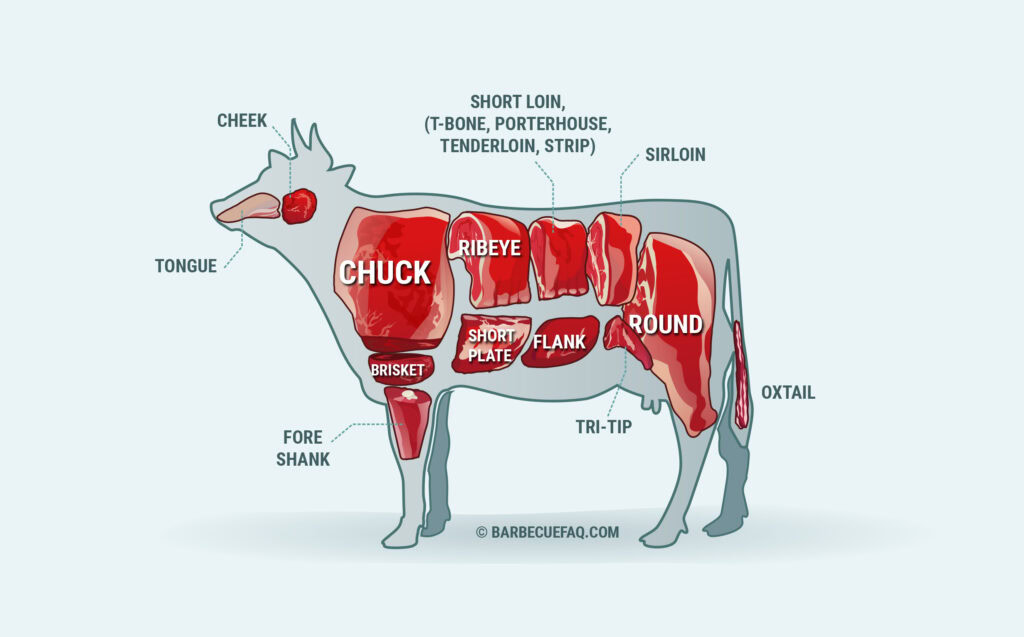
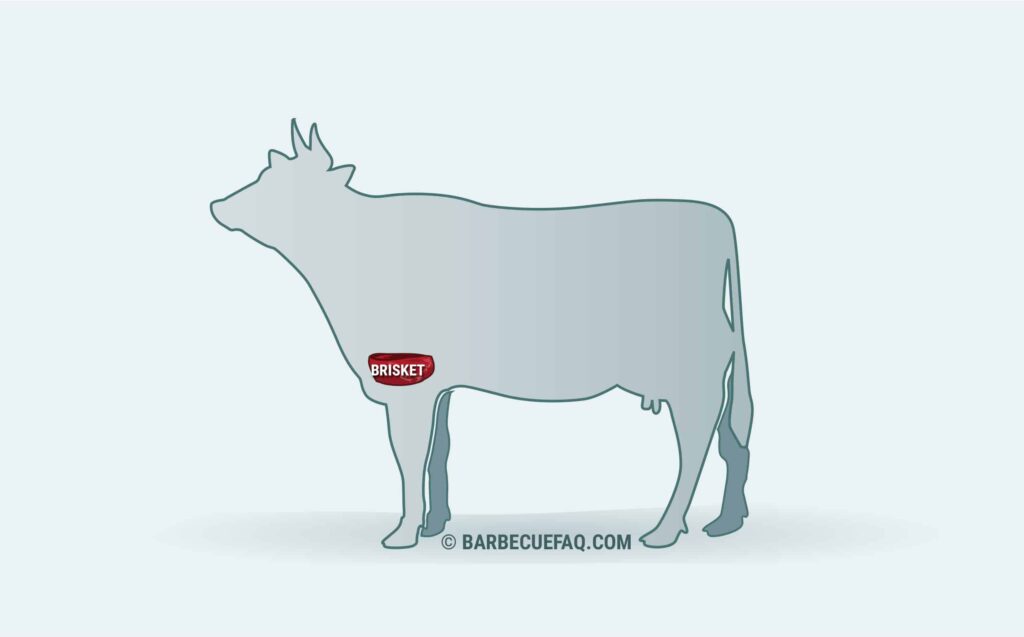
The brisket primal are essentially the chest muscles of the cow and it is found under the first 5 rib bones.

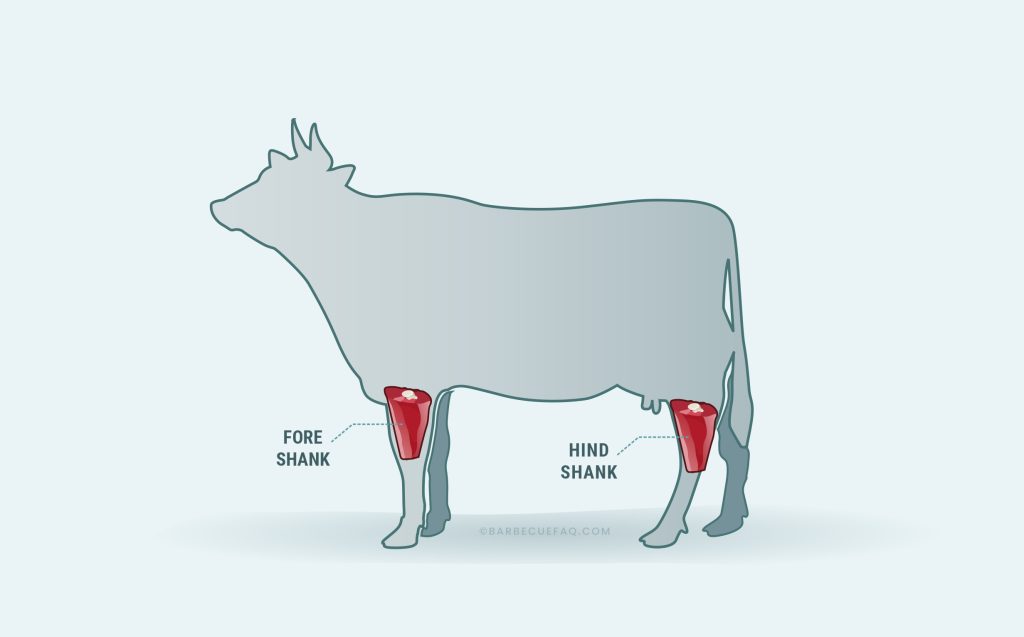
Shank cuts are lean, tough cuts of meat.
When this cut is taken from the front (foreshanks) they’re taken from essentially above the knee and to the shoulder; If the cut is taken from the rear (hindshanks) it’s essentially from the knee to the hip.
Regardless of front or hind-shank, they’re typically cut into cross sections of various widths.
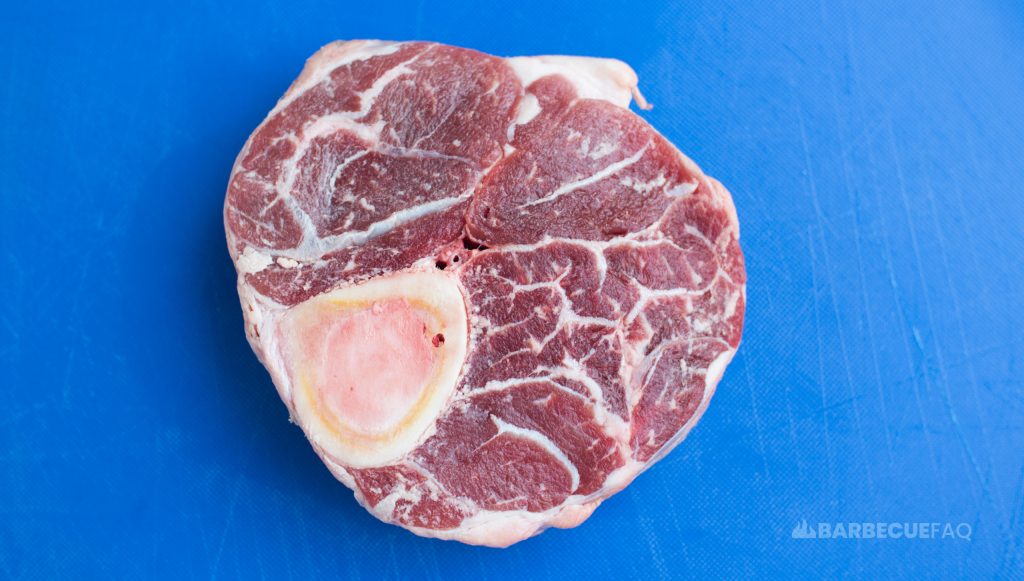
A popular dish that uses the shank cross-cut is Osso Buco; This Italian dish braises the meat with vegetables, white whine, and broth.
Specialty butchers like Porter Road have even gone to the lengths of Frenching part of the shank bone to create a “Volcano Shank.”

When a butcher is breaking down a cow they will separate the forequarter from the hindquarter at the 12th and 13th rib bone.
At this intersection they analyze the marbling of the ribeye muscle to determine the “Grade” of the meat.
Meaning, a Cow with a ribeye muscle that is prime means the rest of the muscles can also be marketed as “Prime.”
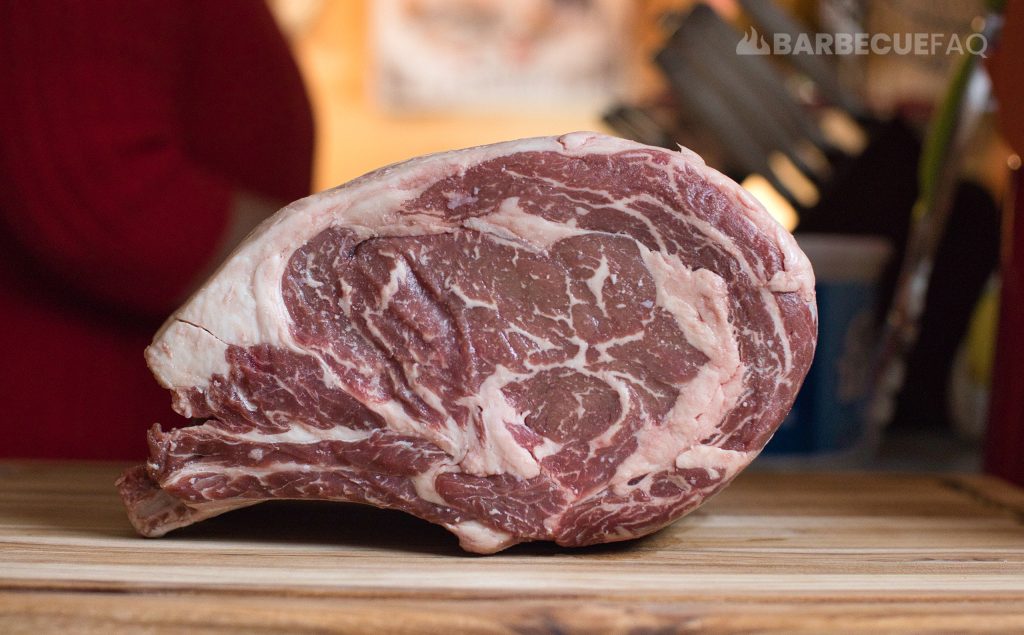
Aside from the aforementioned sub-primal cuts, you’ll also find retail cuts like:
Rib cuts really highlight the importance of different cooking methods.
For instance, ribeye and prime rib come from the same primal but are cooked very differently.
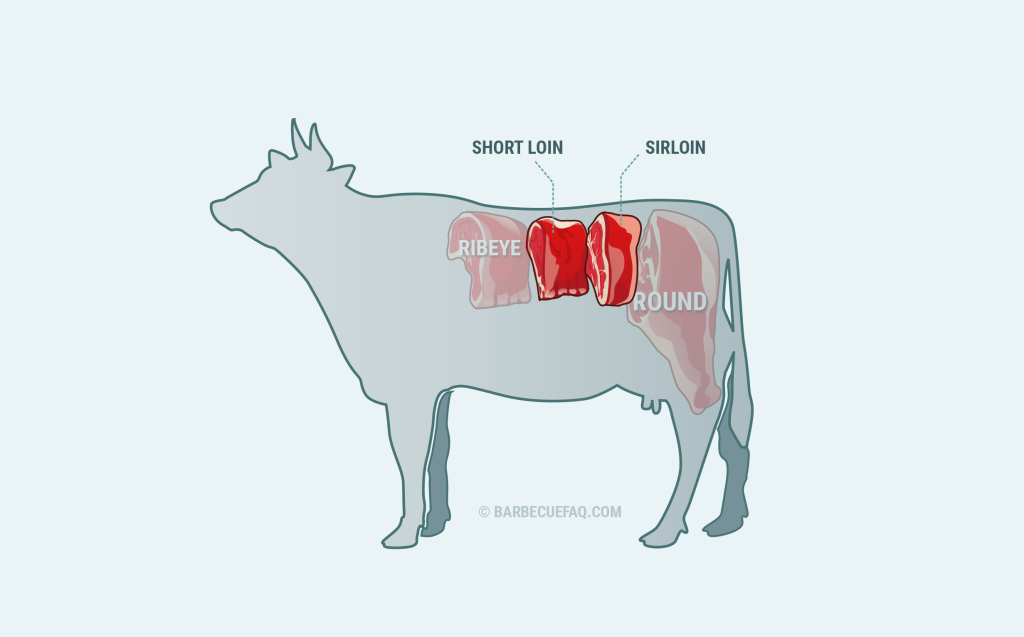
The cuts from the loin sub-primal are highly regarded as some of the most tender on the entire animal. Unlike rib cuts which are heavily marbled, loin meat is often quite lean.
Of these subprimals, tenderloin is the most tender; The famous filet mignon comes from the tenderloin.
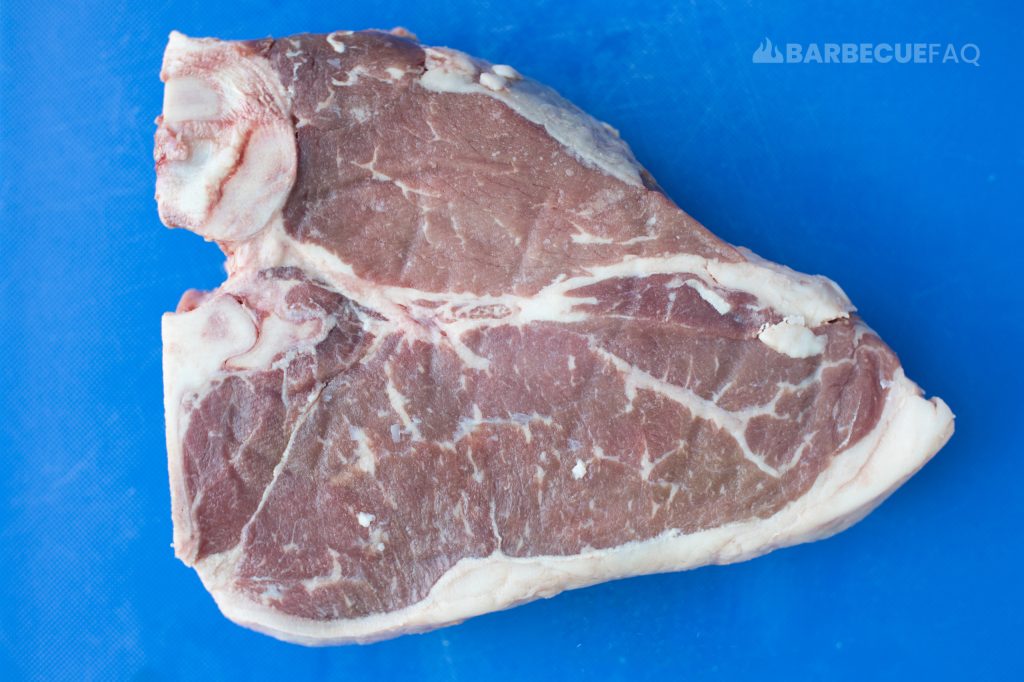
Interestingly enough, if the tenderloin is removed, there can be no T-bone or porterhouse steaks as both of these steaks include a section of the tenderloin muscle.

Cuts from the round are known for being the most inexpensive on the entire animal.
This is because they’re lean and lack tenderness – both of which result in some of the lowest price-per-pounds of any cut on the entire animal.
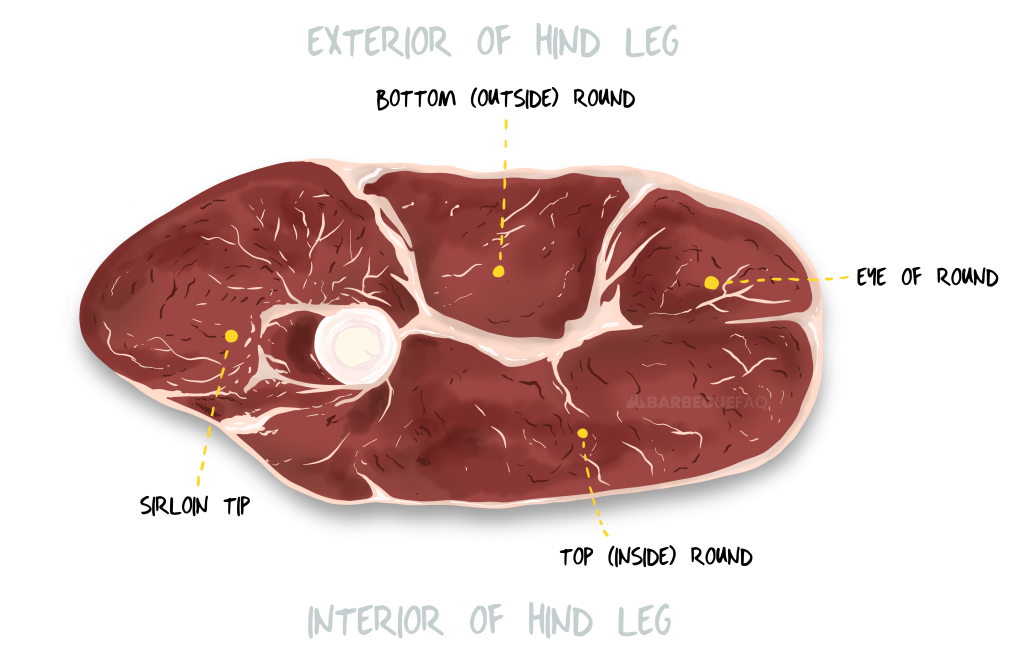
Due to these qualities, cuts from the Round are commonly made into:
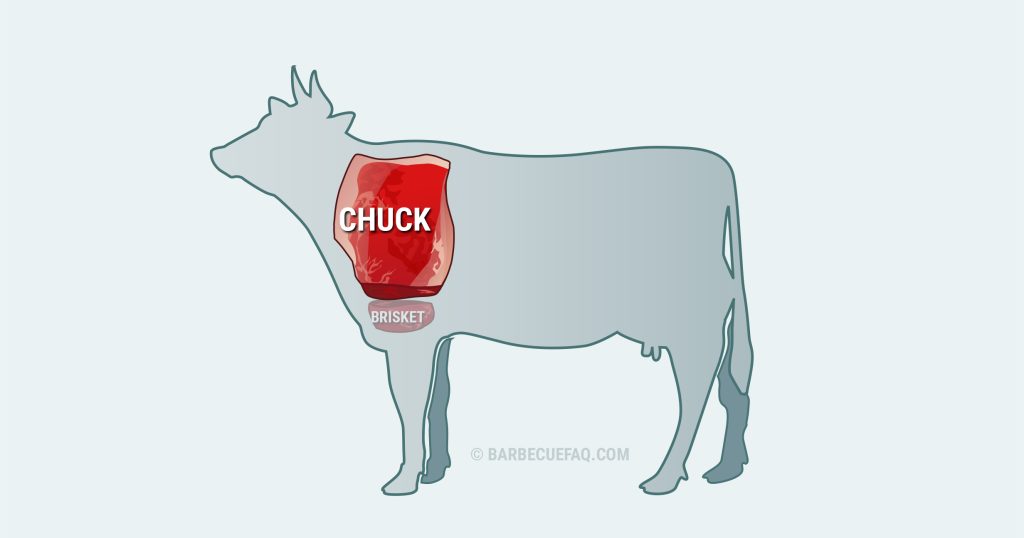
The beef chuck comprises roughly 20-25% of the cow’s weight and is essentially the shoulder area of the cow.
Popular retail cuts from chuck include:
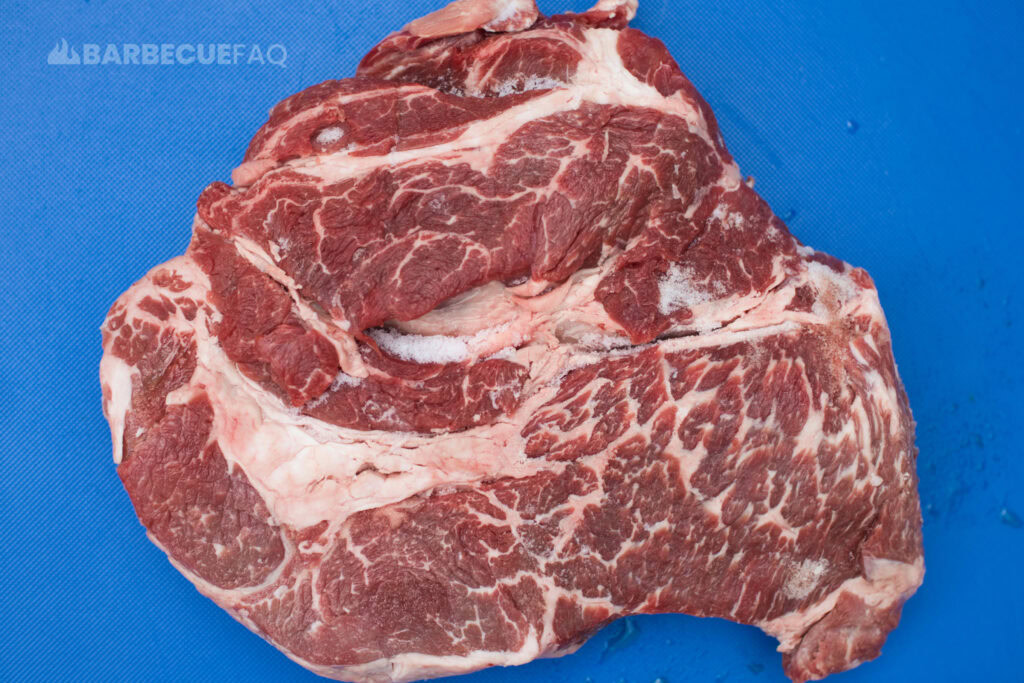
Where the Round primal lacks flavor due to being lean, the Chuck primal is the exact opposite because it contains fat. Cuts from this location have very pronounced beefy flavors and make for great roasts and stew meat.
A lot of ground meat is sourced from this location of the animal too.
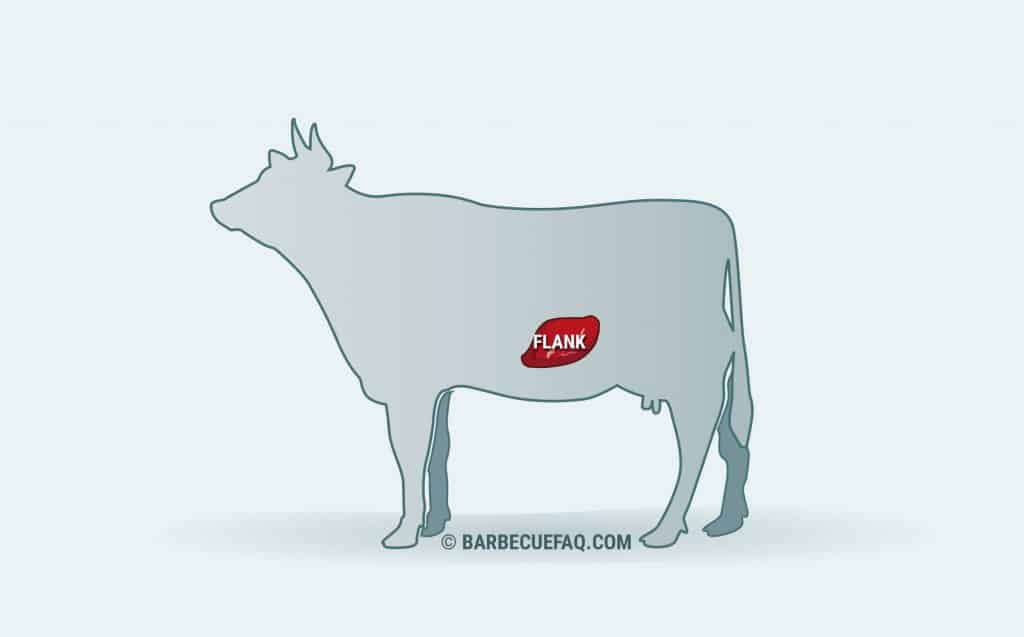
The name flank describes the location on the cow – its flank.
Flank steak is a thin, lean cut of meat. It is also well exercised and the muscle fibers are tight-grained. For this reason, it’s typically marinated with an acid or fruit that contains Proteolytic enzymes that can tenderize muscle fibers.
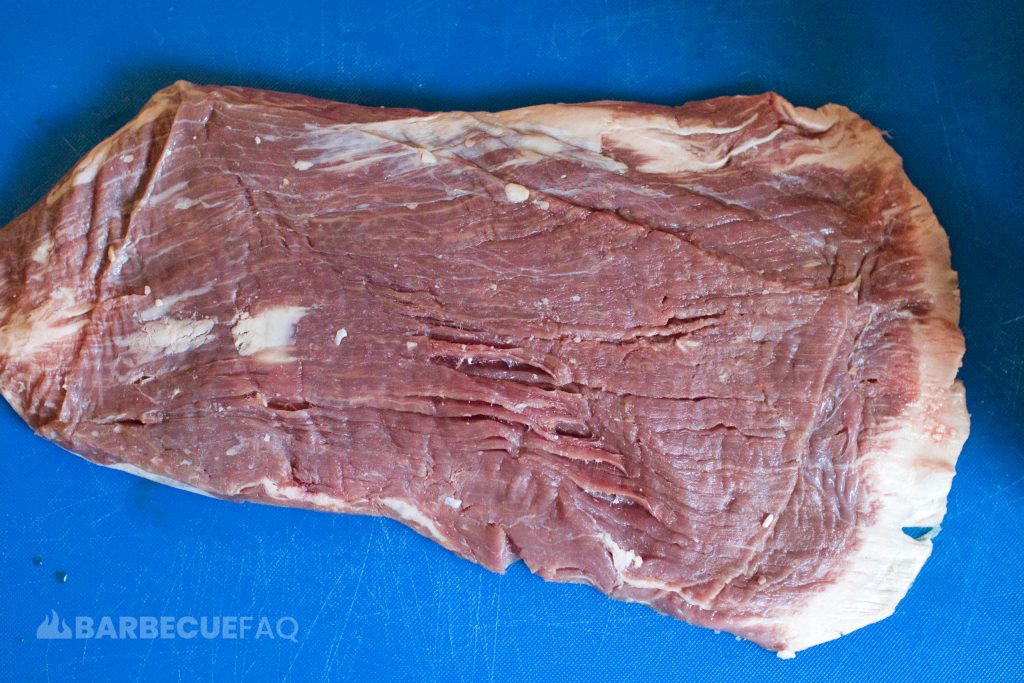

Plate cuts tend to have a tight grain structure and are fattier than rib cuts.
In the past parts like the hanger steak and skirt steak were even considered offal (organ meat or refuse/waste).
Plate ribs are some of the most prized on the entire animal and only span ribs 6-8.